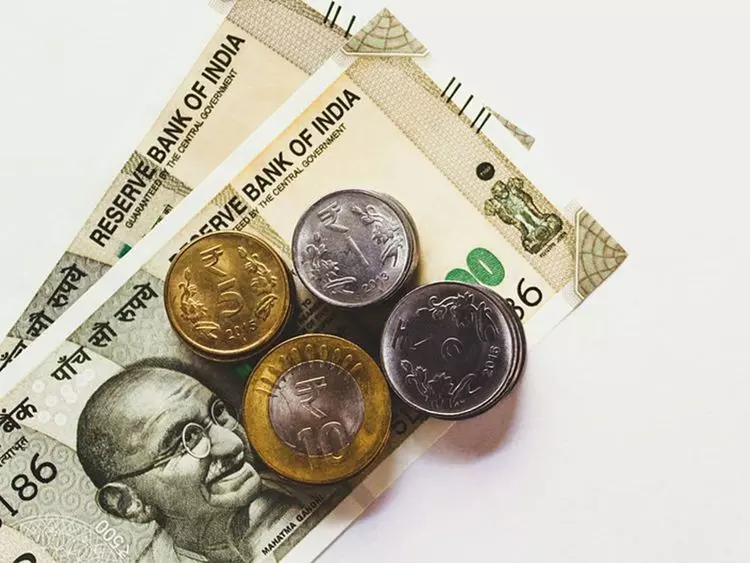
Ukraine crisis worsens, rupee plunges 53 paise to 75.07 per dollar
text_fieldsIn response to Russia's announcement of military operations in Ukraine, the rupee plunged past the psychologically significant 75-to-1 mark as Brent crude oil prices surged past the $100 mark for the first time in seven years. Against the previous close of 74.55/$1, the partially convertible rupee was last trading at 75.0730/$1.Since its opening at 74.6640/$1, the Indian currency has fluctuated between 74.6860 and 75.0703/$1.
The move by Russia triggered fears of a full-blown conflict in Europe, which caused crude oil prices to spike as Western sanctions on Moscow threatened to disrupt global supply.
After the announcement, Brent crude surged to $100.04 a barrel, while WTI soared to $95.54 a barrel.
India is the world's third-largest importer and consumer of crude oil, so the sharp rise in crude oil prices exerts upward pressure on the country's trade deficit and inflation.
The developments triggered a global wave of risk aversion, resulting in the rise of safe-haven assets like the US dollar, as well as a decline in demand for emerging markets assets like the rupee.
Around 4 PM on Wednesday, the US dollar index, which measures the greenback's value against six major rival currencies, was at 96.70, a steep increase from 95.85.
In the spot market, currency dealers believed the rupee would depreciate a bit more before gaining support from possible dollars sales by the Reserve Bank of India.
"With the declaration of war on Ukraine by Putin, all asset classes have fallen except gold and US dollar. Accordingly, the rupee to open weak at 75.15 and expectation of a range of 74.80 to 75.35 is on the cards with markets to watch RBI's action which may come. The central bank could sell dollars to counter the weakness," Anil Kumar Bhansali, Head of Treasury at Finrex Treasury Advisors said.
"Overall importers got two good chances to buy the dollar while exporters will keep getting the chances. For the day, importers will have to wait for normalization of things, while exporters may go ahead and sell to hedge their receivables."
Government bonds emerged relatively unscathed from the surge in crude oil prices as a plunge in US Treasury yields provided support, dealers said.
Yield on the domestic 10-year benchmark 6.54 per cent 2032 paper was last at 6.75 per cent, one basis point higher than the previous close. Bond prices and yields move inversely.
With investors flocking to the safety of US government debt, the country's 10-year bond yield dropped seven basis points to last trade at 1.87 per cent.
A decline in US government bonds increases the appeal of higher-yielding fixed-income assets in riskier emerging markets such as India.























